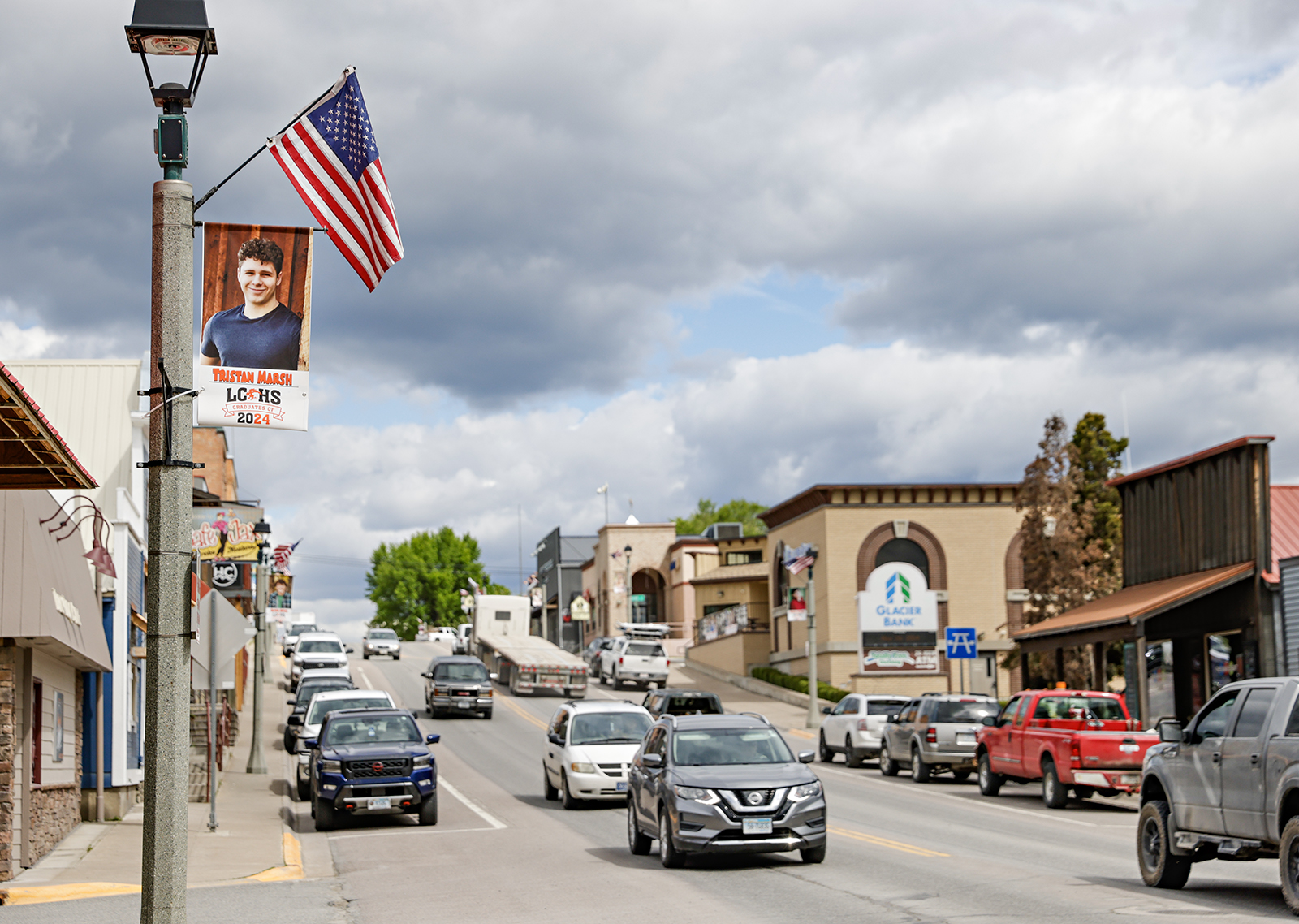Redefining Rural
Amid transformational shifts in Montana’s economy, community colleges are growing local programs for rural and tribal students, rising to meet workforce needs while expanding what it means to pursue higher education
By Denali Sagner
Across the 145,509 square miles of rolling grassland and impassable mountains that make up Montana, a constellation of universities, community colleges and tribal colleges dot the landscape.
For young Montanans, the state’s rural nature long created a thorny paradigm: travel far away from home to seek out higher education, or forgo the post-secondary experience entirely. It’s a choice that has pushed talented adolescents out of their communities of origin, and has left others without the training needed to build high-paying careers in a state where the cost of living continues to rise.
To curb the drain of young, rural talent, Montana’s community and tribal colleges have embarked on a quest to expand program offerings, giving students a way to build careers and pursue degrees without leaving home. These programs have taken various forms, from commercial driver’s license certification to agricultural training grounded in Indigenous knowledge. They, too, have helped redefine what it means to go to college, and who is able to access a degree.
This project, which was published with the support of the Education Writers Association Reporting Fellowship, seeks to document these programs, understanding how local stakeholders have come together to fill the gaps in rural education and meet the needs of Montana’s changing economy. Over the course of the summer, the Beacon traveled across Lincoln County and the Blackfeet Indian Reservation, grounding our reporting in the voices of educators, administrators, community stakeholders, students and educational experts that make up the fabric of their communities. Our reporting seeks to ask, most fundamentally: how have rural and tribal colleges risen to meet the needs of students? And, where can the state’s educational landscape go from here?
___________________________________________________________________

In Lincoln County, Community College is the Path to a New Economic Future
From the shadow of shuttered mines and timber mills, the rural county in northwest Montana is forging a new path. At the center of its growth is Flathead Valley Community College’s Lincoln County Campus, which is training skilled workers in high-demand fields while bringing down barriers to post-secondary education.
In a state full of rural, tucked away corners, Lincoln County is one of Montana’s most rural and tucked away.
The county of 20,000 people is located in the state’s far northwest corner, bordering Canada and Idaho’s panhandle. Its communities are dotted around the Kootenai National Forest, whose 2.2 million acres of firs, pines, spruces and towering mountains define the craggy landscape.
___________________________________________________________________

A ‘Running Start’ on College
Three decades after its inception, Flathead Valley Community College’s dual enrollment program has expanded into two dozen high schools, giving students a boost on college access and bolstering the industries that power Montana’s small towns.
On the last day of the school year at Lincoln County High School in Eureka, Renee Melton’s classroom is uncharacteristically quiet. As the early June sun streams in through the cracked windows, the sounds of summer vacation waft in from the outside. On a typical day, Melton’s class is bustling with juniors and seniors chatting about weekend plans and sharing snacks between assignments. Today, the seniors are out for the year, and one lone junior sits behind a computer screen.
___________________________________________________________________

With Low FAFSA Completion Rates, Montana Students Leave Millions in College Aid on the Table
Montana students apply for federal financial aid at strikingly low rates, foregoing millions in monetary support for post-secondary education. According to education experts, a lack of incentives to apply, knowledge barriers and government distrust may explain the phenomenon.
For high school students and their families, college is a complicated calculus.
The higher-education equation is molded by academic offerings and family ties, campus size and distance from home, extracurricular opportunities and sports. Most importantly, for many families, it’s shaped fundamentally by cost.